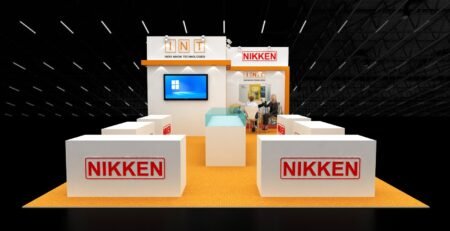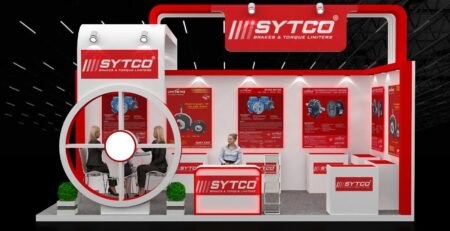Six steps to the perfect exhibition stall briefing
Planning and thought go into crafting the ideal expo stall briefing. The following six actions will help you in creating a unbeaten and productive briefing:
Denote your aims and goals: Start by outlining your aims and objectives for your show stall in detail. Set up your goals for the exhibition, including the message you want to transport and the audience you want to reach. The entire briefing process will be guided by this clarity.
Establish your main points of emphasis: Decide the main points you wish to communicate with your exhibit stall. These statements ought to be terse, persuasive, and steady with your broader branding and marketing plans. Make sure they verbalize to your target market and clearly present your goods, services, or concepts.
Launch the layout of the stall. To decide on the arrangement and design of the stand, collaborate with your creative team or the exhibition stall designer. Take into account components like product displays, branding, traffic movement, interactive elements, signs, space allocation, and any special needs or limitations. The design should productively connect visitors and be in line with your goals.
Assign duties: Give each team member participating in setting up the display stall a specific task to do. To guarantee a smooth execution, visibly communicate each person’s job and tasks. This entails designating people in charge of stall setup, equipment and technology management, logistics supervision, supplier coordination, and visitor interaction.
Make a thorough briefing document: Make a thorough briefing sheet that addresses every surface of setting up an exhibition display. Provide details about the target audience, significant messaging, and stall design. Make sure that everyone on the team is conscious of their duties and responsibilities by giving them this document.
Call a pre-briefing session: Call a pre-briefing meeting with every member of the team participating in setting up the display stall. Observe the briefing material, respond to any queries or worries, and make sure that everyone is in agreement. Take use of this chance to repeat the main points, goals, and objectives and go over any last-minute changes or revisions. By bringing the team together for this meeting, the likelihood of a victorious exhibition will rise.
After the exhibition, don’t forget to follow up with your team to evaluate the outcomes, pinpoint areas that need work, and incorporate suggestions into upcoming briefing procedures





Comment (1)
Lorem ipsum dolor sit amet, consectetur adipiscing elit. Nam viverra euismod odio, gravida pellentesque urna varius vitae, gravida pellentesque urna varius vitae.